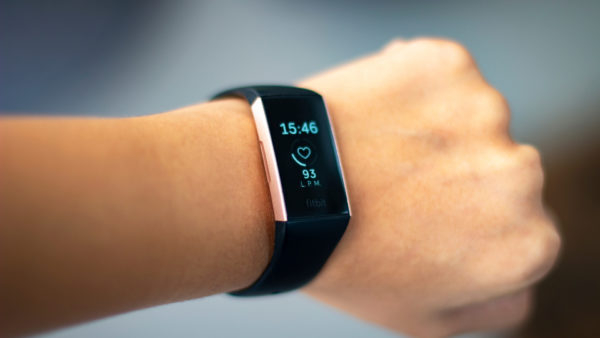Fitbit-successor wearables will be Assistant-centric devices, supported by BERT.
Catching Apple Watch. In its recent earnings release, Apple announced that its “Wearables, Home and Accessories” revenues grew to $6.5 billion from $4.2 billion a year ago. And according to third party analyst estimates, the Apple Watch represents roughly 50% of the global wearables/smart watch market.
Alphabet’s acquisition of Fitbit is not unlike Google’s purchase of other hardware companies (e.g., Motorola, HTC) in order to speed innovation and build “reference products” that are more integrated and better performing than those of its OS licensing partners.
Like the Pixel Phone for wearables. Google will use the acquisition to build next-generation wearables according to Rick Osterloh, Senior Vice President, Devices & Services. He said in a blog post that the company sees “an opportunity to invest even more in Wear OS as well as introduce Made by Google wearable devices into the market . . . By working closely with Fitbit’s team of experts, and bringing together the best AI, software and hardware, we can help spur innovation in wearables and build products to benefit even more people around the world.”
The Fitbit successor devices that emerge from this acquisition will feature Google Assistant front and center. Indeed, we’re now entering the era of so-called “ambient computing,” where an emerging array of connected devices takes center stage — and to some degree takes over from smartphones.
Apple’s Watch and Airpods are the two most prominent success stories. However, Amazon launched a number of new non-screen devices at its last hardware event, including Echo Frames (Alexa-enabled glasses) and its well-reviewed Echo Buds (Alexa-enabed earbuds).
Why we should care. Google Assistant is becoming the focus of the Google cross-platform user experience and with it the conversational UI. BERT‘s importance thus comes into sharper relief as a key technology/tool for understanding more and more spoken commands and queries. And though “voice search” hasn’t lived up to the hype (yet), it’s the key interface that links experiences across Google’s growing array of connected devices.

